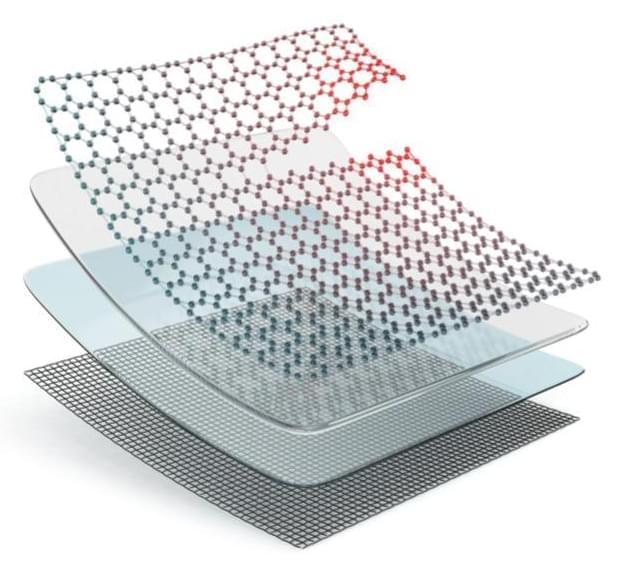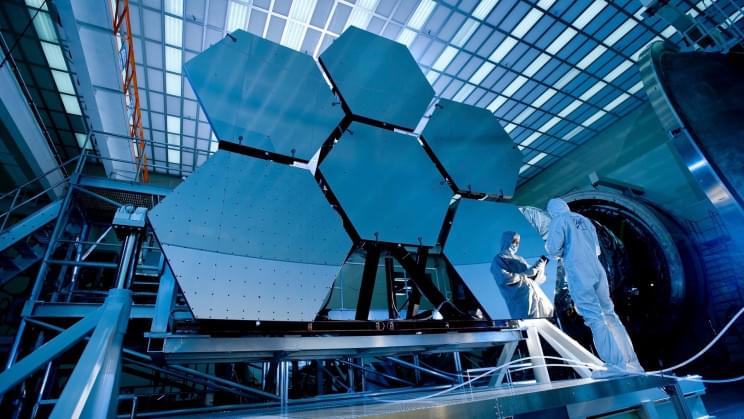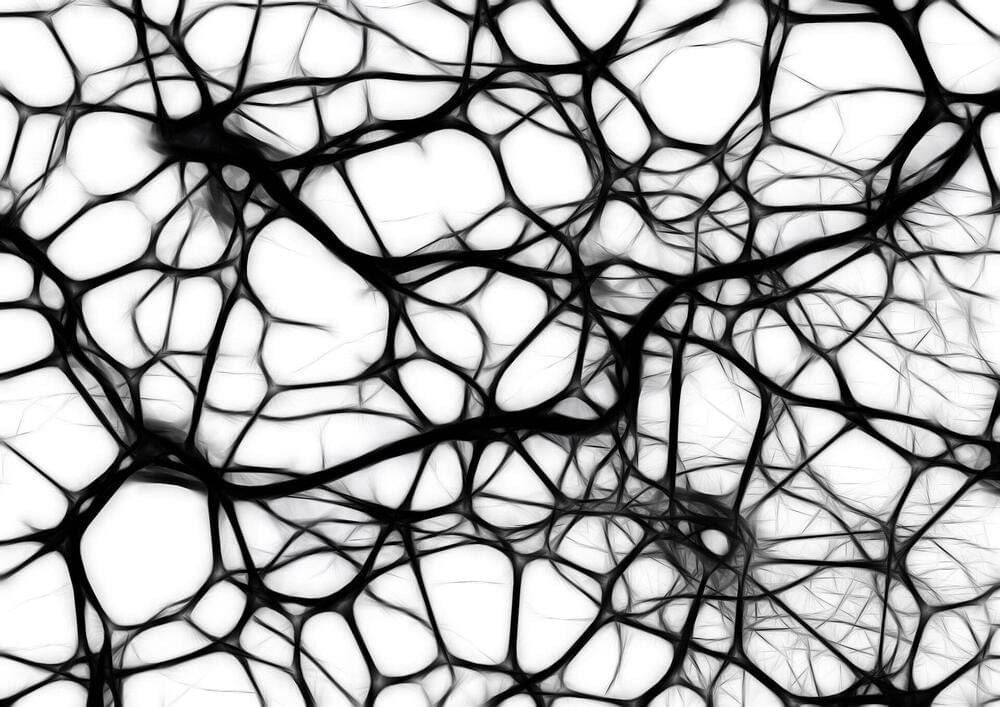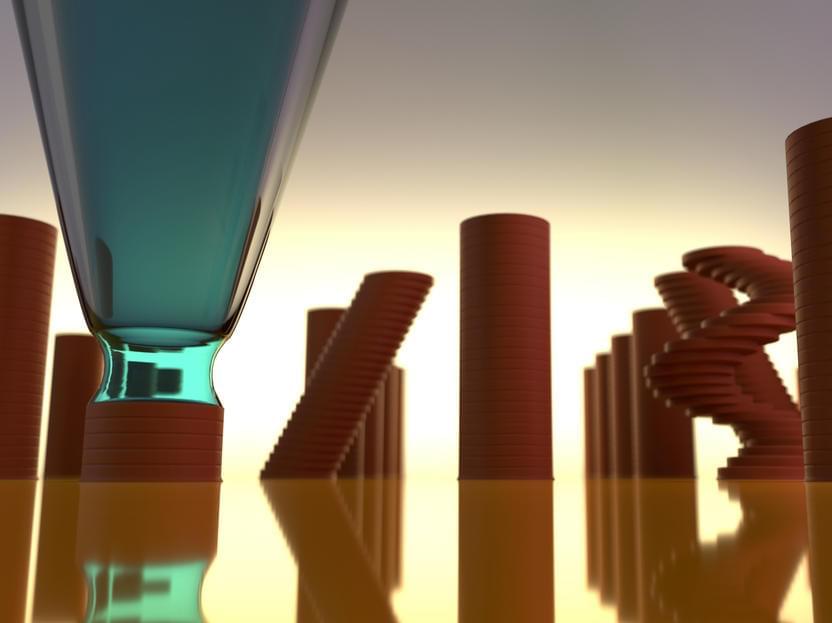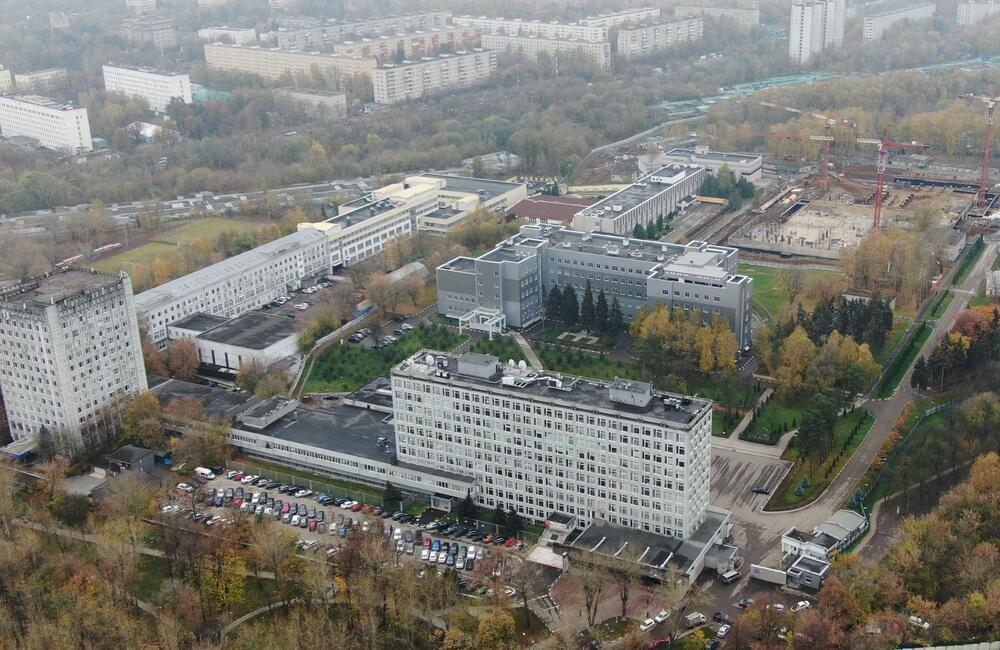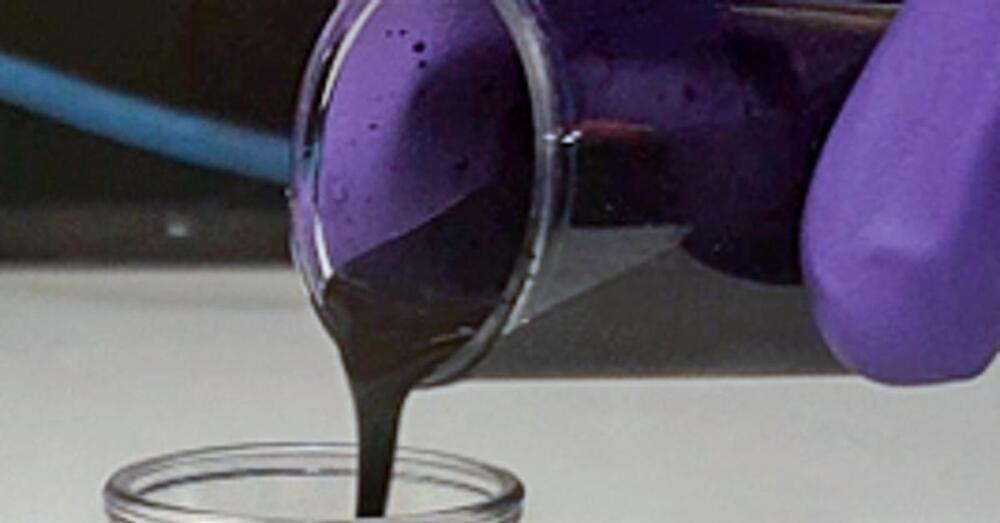Dec 22, 2021
Step forward in quest to develop living construction materials and beyond
Posted by Nancie Hunter in categories: biotech/medical, chemistry, economics
Some engineered living materials can combine the strength of run-of-the-mill building materials with the responsiveness of living systems. Think self-healing concrete, paint that changes color when a specific chemical is detected or material that could reproduce and fill in a crack when one forms. This would revolutionize construction and maintenance, with wide-reaching economic and environmental implications.
Seeing this new category of adaptive materials on consumer shelves may be a ways off. Still, critical early research from the University of Minnesota sheds new light on this exciting advancement, which shows promise beyond building materials, including biomedical applications.
In a new study in Nature Communications, researchers from the College of Biological Sciences demonstrate how to transform silica — a common material used in plaster and other construction materials — into a self-assembling, dynamic and resilient material.
